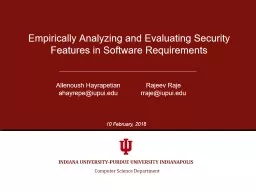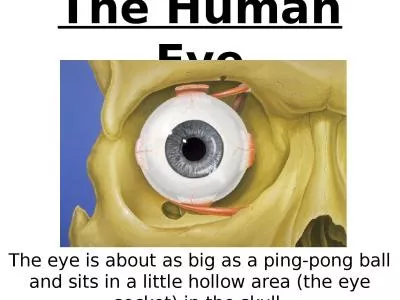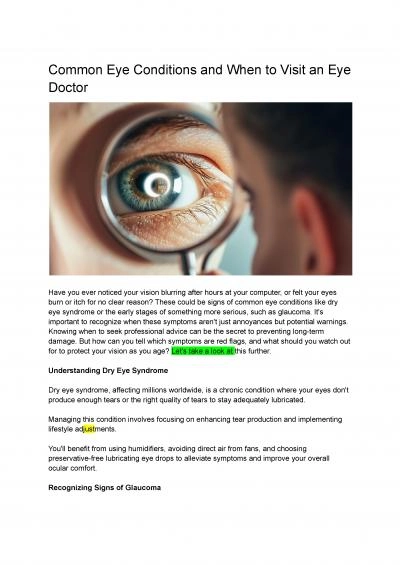PPT-Analyzing Eye Tracking Data
Author : test | Published Date : 2017-04-23
MMC9503 Weimei Sun Outline Introduction of Eyetracking Taxonomy of Eye Movements Eyetracking Techniques The Data of Eyetracker Analysis of Eyetracking Data Eyetracking
Presentation Embed Code
Download Presentation
Download Presentation The PPT/PDF document "Analyzing Eye Tracking Data" is the property of its rightful owner. Permission is granted to download and print the materials on this website for personal, non-commercial use only, and to display it on your personal computer provided you do not modify the materials and that you retain all copyright notices contained in the materials. By downloading content from our website, you accept the terms of this agreement.
Analyzing Eye Tracking Data: Transcript
Download Rules Of Document
"Analyzing Eye Tracking Data"The content belongs to its owner. You may download and print it for personal use, without modification, and keep all copyright notices. By downloading, you agree to these terms.
Related Documents








